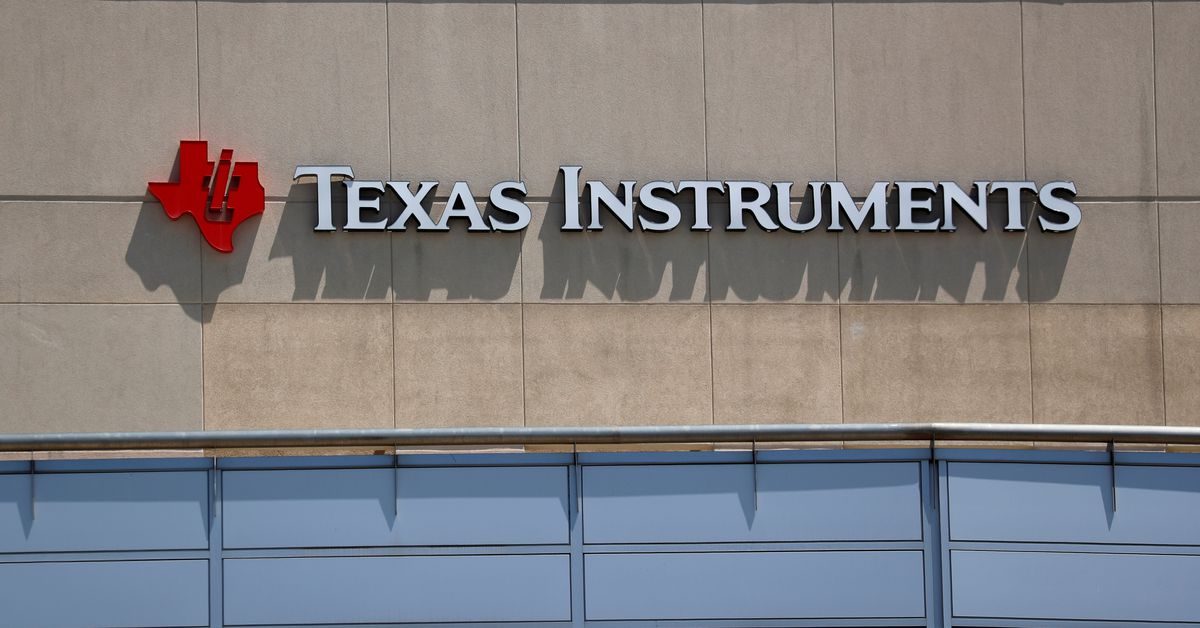
Oct 24 (Reuters) – Texas Instruments (TXN.O) on Tuesday forecast fourth-quarter revenue and profit below estimates, as the analog chipmaker was forced to slash some production after demand across its key industrial market worsened.
Shares of the Dallas, Texas-based company fell 4.5% in trading after the bell.
Sales from the industrial market – Texas Instruments’ biggest by revenue share – was down in the mid-teens percentage in the third quarter, with the weakness pervading all regions except Japan, Dave Pahl, head of investor relations at TI, told analysts.
“As China came out of COVID, I think most of us would have expected there to be a more significant rebound, which just hasn’t materialized,” he said.
The company forecast current-quarter revenue between $3.93 billion and $4.27 billion, compared with analysts’ average estimates of $4.49 billion, according to LSEG data.
TI forecast profit per share between $1.35 and $1.57, below estimates of $1.76 per share as it had to lower its factory loadings in the third quarter to reduce inventory and protect its gross margin.
The forecast paints a picture that demand will deteriorate further and that the weakness will likely persist for at least the next couple of quarters, Edward Jones analyst Logan Purk said.
Revenue at all other segments except automotive was also down in the three months ended September. Automotive sales rose 20% in that period.
While most analysts raised concerns over the broader weakness in the automotive end-market and flagged the impact from the United Auto Workers strike, TI executives said they do not see any change in the demand trends from that sector.
Still, Summit Insights Group analyst Kinngai Chan said softening orders in the automotive market, and not just the industrial market, were the reason for the dull forecast.
Revenue fell 14% to $4.53 billion, compared with estimates of $4.58 billion, while earnings per share of $1.85 beat estimates.
Reporting by Chavi Mehta in Bengaluru; Editing by Shailesh Kuber
Our Standards: The Thomson Reuters Trust Principles.
